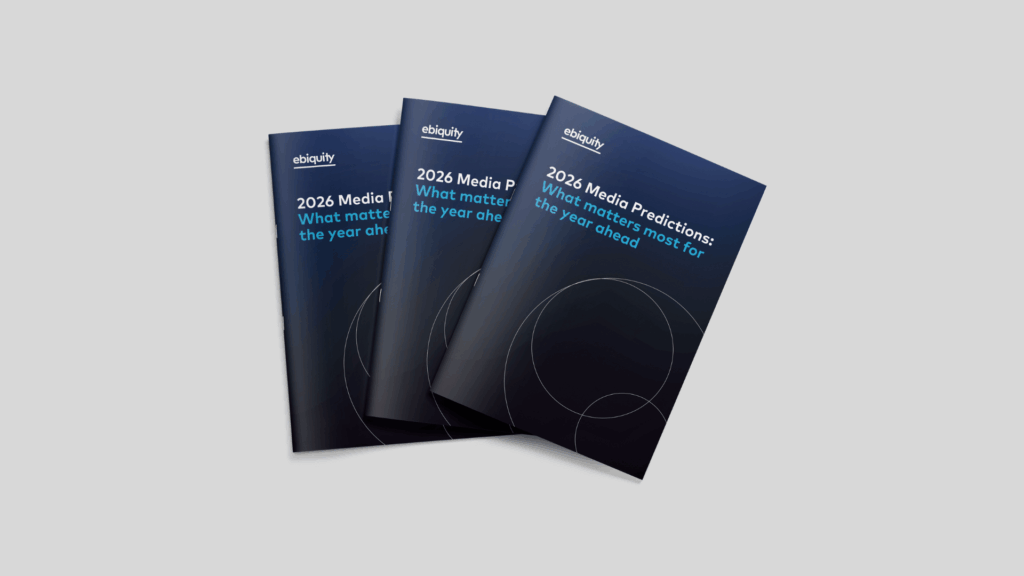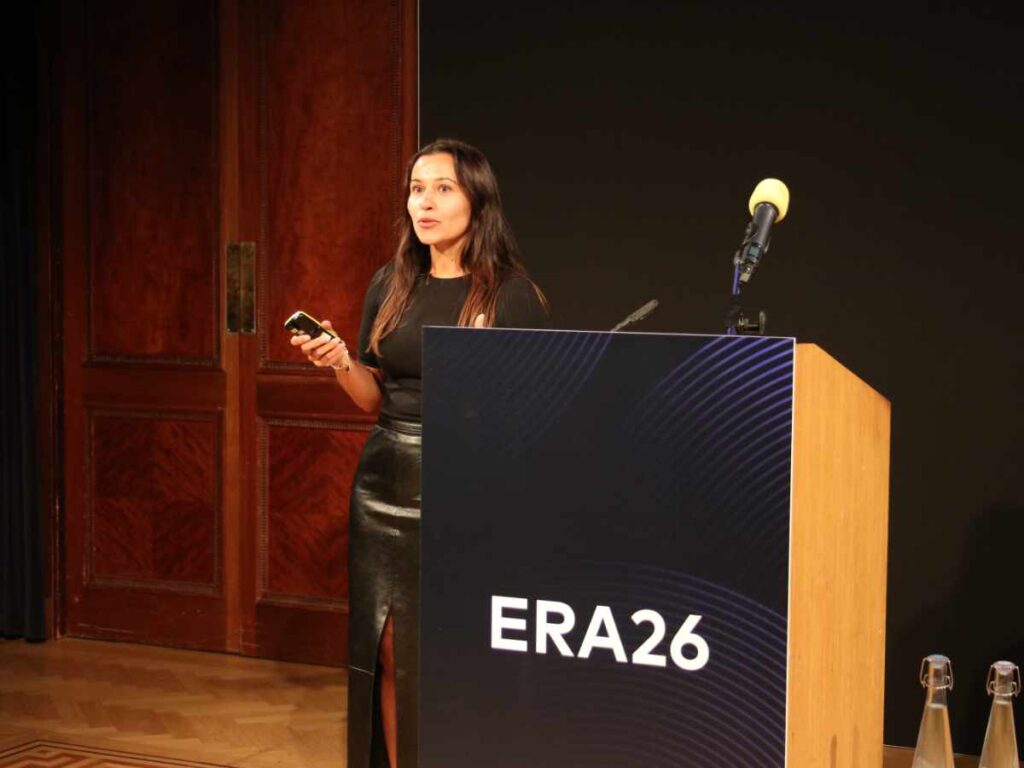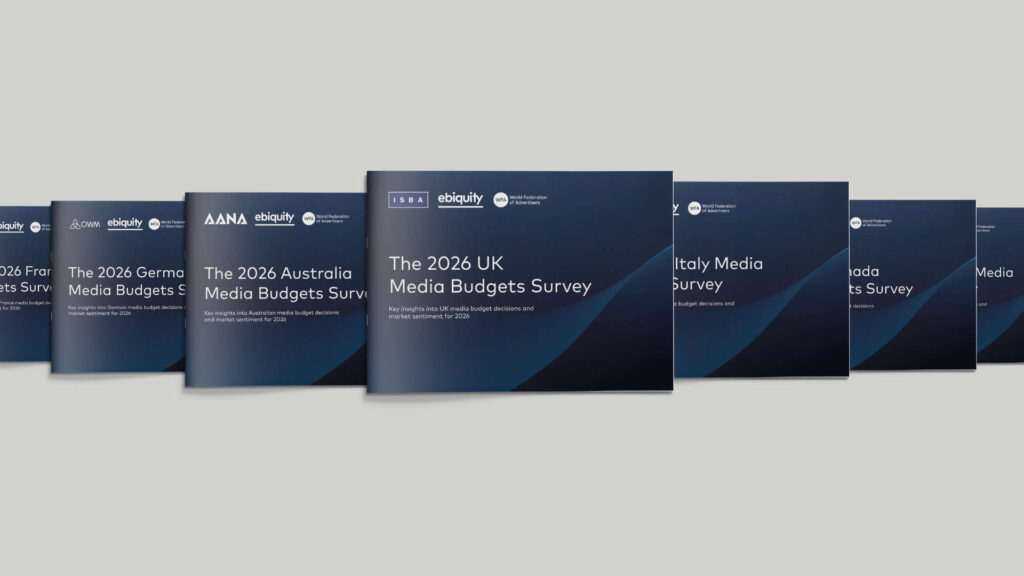In the increasingly complex marketing ecosystem, it’s important that advertisers regularly revisit and remind themselves of the fundamental principles of agency remuneration, especially within media agency agreements.
First, both parties should establish and maintain the clear relationship between resources and compensation. Second, transparency is key: advertisers need to understand what is paid to the agency, why, and for what services. And third, the profit that agencies earn from their contracts with brands should be based on the value they add to their clients’ business – not simply to cover costs.
Benefits of PRFs
One critical and often-overlooked component of agency remuneration is performance-related fees or PRFs. There are several benefits of instituting PRFs, including: they focus agency partners on delivering against specific objectives; they encourage a culture of incremental improvement – what the UK Olympic cycling trainer Sir Dave Brailsford termed “marginal gains”; they ensure that service and value delivery issues are identified and addressed via a focused action plan; and, for every bonus there is a malus – that is, agencies are held to account financially for poor as well as good performance.
Increasingly, smart advertisers are discovering that the performance-related component of agency remuneration is the most positive, incentive-led tool they have to drive change in agency behaviour. This is particularly true in the currently challenging global trading conditions and in a market increasingly dominated by digital and new forms of media, from connected TV to retail media. PRFs are also of value at a time when there is a talent crunch and keen competitive demand for specialist skills between agencies. The last thing an advertiser wants is their search or social expert to disappear suddenly at the agency. PRFs can help minimise disruption even if and when star players move on.
Modern PRFs identify meaningful and measurable key performance indicators as the basis for performance incentives. We recommend that KPIs are reviewed regularly – perhaps as often as quarterly, and certainly towards the end of the third quarter when planning for the next financial year is at its peak. And while no one size fits all, we recommend advertisers weight KPIs across cost and quality (typically 40-50% of the total), agency services (30-50%), and business impact (5-15%). It’s vital not to put too many eggs in the cost and quality basket, as this drives a race to the bottom on price and leads to poorer quality media; the long tail of ‘Made for Advertising’ media which generate no ROI.
Summing up
Focusing on metrics that matter and keeping PRFs simple foster better relationships between advertisers and their agency partners. They work best when they’re co-created rather than imposed, and an independent third party can be incredibly helpful to ensure PRFs based on KPIs that are fair for all. This fairness includes creating a remuneration construct that enables the agency to course correct during the course of the year.
Ebiquity has just published a new guide titled Navigating the Use of Performance-Related Fees in Media Agency Agreements, based on five key principles: Simplicity, Fairness, Motivation, Certainty, and Scrutiny. To download your copy, click here.
To watch Matt Semple (Global Media Management Lead, Ebiquity) talking about these issues in more detail, click here.
Feel free to get in touch with the Ebiquity team to further discuss these important updates and take proactive steps to reduce wasteful practices. Reach out now.









